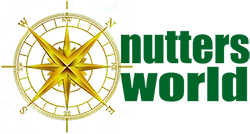Titbits and News from the Mare Nostrum
The Nebra Sky Disc: A Bronze Age Calendar
In 1999, two unlicenced treasure hunters made the find of their lives, a Bronze Age device that displays the world's earliest known concrete representation of astronomical phenomena. The device is known as the Nebra Sky Disc.
By Nick Nutter on 2024-05-9 | Last Updated 2025-05-20 | Titbits and News from the Mare Nostrum
This article has been visited 5,043 times

The Nebra Sky Disc
Where was the Nebra Sky Disc Found?
The Nebra sky disc was found buried on the Mittelberg hill near Nebra in Germany. Nebra is in the German state of Saxony-Anhalt, almost in the centre of the country. The discovery site is a prehistoric enclosure encircling the top of a mound in the Ziegelroda Forest, known as Mittelberg, about 60 kilometres west of Leipzig. The surrounding area is known to have been settled in the Neolithic era, and contains approximately 1,000 barrows.
Do you enjoy my articles? For your reading pleasure, this website does not carry third party ads. You could help me write more articles by buying me a cup of coffee.
How Was the Nebra Hoard Discovered?
On the 4th July 1999, two looters, Henry Westphal and Mario Renner, were indulging in a spot of treasure hunting using metal detectors, on the Mittelberg hill near Nebra in Germany, when one detector bleeped. Using spades and picks, the pair dug into the topsoil and made an astounding discovery, a bronze disc with gold ornamentation, two bronze swords, two bronze axes, two arm spirals and a chisel.
The following day, Westphal and Renner sold the entire collection to a black-market dealer in Cologne for 31,000 deutschmark. Over the following two years, the hoard changed hands a few times, on one occasion for 1 million deutschmarks. By 2001, knowledge of the existence of the disc had leaked into the public domain. In 2002, in a 'sting' operation coordinated by the police in Basel, the state archaeologist, Harald Meller, acquired the disc from a couple of black market dealers who had put the disc on the market for 700,000 DM.
Investigations soon led the authorities to Westphal and Renner who were arrested. They divulged the location of their find and helped recreate the context in which all the items in the hoard had been placed.
What is the Nebra Hoard?


The Nebra Hoard
The Nebra hoard consists of two swords, two axes, one chisel, and two arm spirals together with the now famous Nebra Sky Disc. The swords are of exceptional quality. The hilts had two sides: a bronze front side decorated with copper inlays and a backing made of organic material. The blades are also inlayed with copper. The gold bands on the handles characterise them as ceremonial weapons. The damage to the sky disc was caused by the picks used by Westphal and Renner.
The Nebra Sky Disc Controversy
Because the Nebra Sky Disc is a unique artifact, it cannot be typographically compared with other like objects to determine when it was manufactured. Its date of manufacture can only be determined by the date of the strata in which it was found and the dates associated with the other objects found in the same hoard.
Westphal and Renner naturally made no record of their find and it was only through exhaustive detective work by archaeologists and police, not to mention a prolonged court case, that the exact find site was determined and reconstructed and the provenance of the finds proved, four years after the hoard was found.
Even so, conspiracy theories have emerged, some from reputable scholars, that range from the Nebra Sky Disc being a modern forgery, to it having been made in the later iron age.
How Old is the Nebra Hoard


Bronze Age Sword - Nebra
A combination of analysis of soil traces found on the swords and disc, together with x-ray fluorescence analysis of the gold and bronze analysis of which the objects in the hoard are made, has proved beyond reasonable doubt that some of the gold in the sky disc originated in the Carnon valley in Cornwall and some of the tin in the bronze also came from Cornwall. It is thought that cassiterite was first obtained from placer deposits in the rivers of Cornwall about 2100 BC to coincide with the beginning of the bronze age in southwest England.
The copper in the bronze originated in the bronze age copper mine of Mitterberg, in Salzburg, Austria.
Carbon 14 dating of traces of bark, also attached to the swords, gives a date during the late bronze age between 1700 and 1500 BC. It should be emphasised that these latter dates reflect when the hoard was buried, not when the individual pieces were manufactured.
What Happened to Westphal and Renner
After pleading guilty to their crimes, Westphal and Renner were sentenced to four months and ten months imprisonment, respectively. The pair appealed their sentences and were given an additional two months each for their cheek.
References
Ehser, Anja & Borg, Gregor & Pernicka, Ernst. (2011). Provenance of the gold of the Early Bronze Age Nebra Sky Disk, Central Germany: geochemical characterization of natural gold from Cornwall. European Journal of Mineralogy. 23. 895-910. 10.1127/0935-1221/2011/0023-2140. Download the pdf
Garcia Atianzar, Gabriel & Hernandez, Mauro & Barciela, Virginia. (2014). The Treasures of Villena and Cabezo Redondo.
Pernicka, E., ANALYSES OF EARLY BRONZE AGE METAL OBJECTS FROM THE MUSEUM DEBRECEN,HUNGARY Gesta XII (2013), 48 - 55. Download the pdf
Schwarz, Ralf. 'Why the Nebra Sky Disc Dates to the Early Bronze Age. An Overview of the Interdisciplinary Results Https://Www.austriaca.at/?Arp=0x003bfe98. Archaeologia Austriac, 2020.Download the pdf
Toth, Peter, and Dominika Oravkinova. 'Settlement Organisation of the Otomani-Fuzesabony Cultural Complex in Slovakia. A Spatio-Temporal Modelling Study. Fischl/Kienlin (Eds.): Beyond Divides - The Otomani-Fuzesabony Phenomenon, 2019, 47 - 69.
Do you enjoy my articles? For your reading pleasure, this website does not carry third party ads. You could help me write more articles by buying me a cup of coffee.
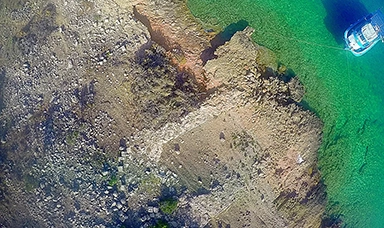 Dana Island, oldest ancient shipyard
Dana Island, oldest ancient shipyard A Bronze Age Courier Service
A Bronze Age Courier Service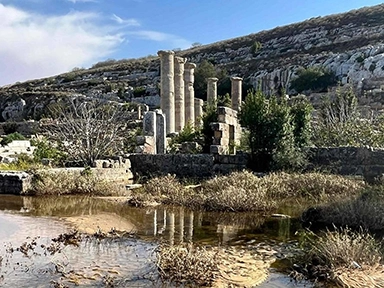 Cyrene's Lost Treasures
Cyrene's Lost Treasures The Invisible Enemy
The Invisible Enemy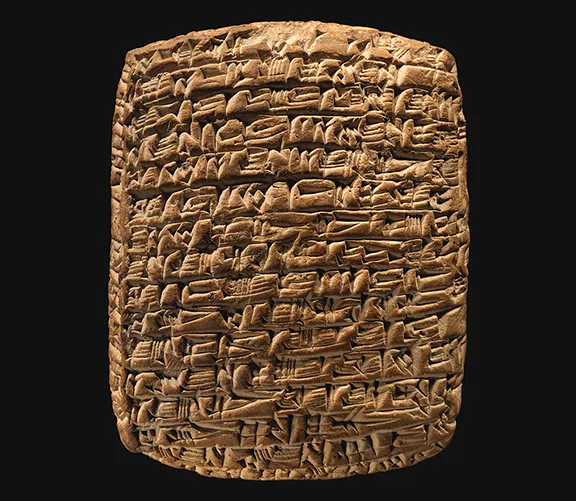 The World's First Company
The World's First Company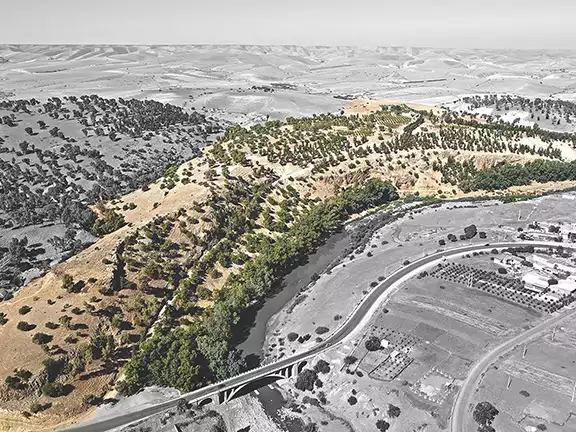 The Copper Age Site of Oued Beht
The Copper Age Site of Oued Beht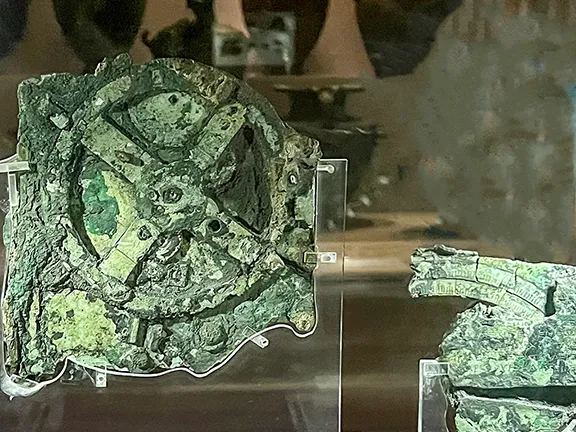 How the Antikythera Mechanism Works
How the Antikythera Mechanism Works Kach Kouch and Iberia
Kach Kouch and Iberia Mediterranean Diet Evolution
Mediterranean Diet Evolution Hidden Colours of Ancient Statues
Hidden Colours of Ancient Statues Cleopatra: Egypt's Last Pharaoh
Cleopatra: Egypt's Last Pharaoh Alexandria Library's True Fate
Alexandria Library's True Fate Six Great Ancient Libraries
Six Great Ancient Libraries Ancient Greek Technology
Ancient Greek Technology Broadening Horizons
Broadening Horizons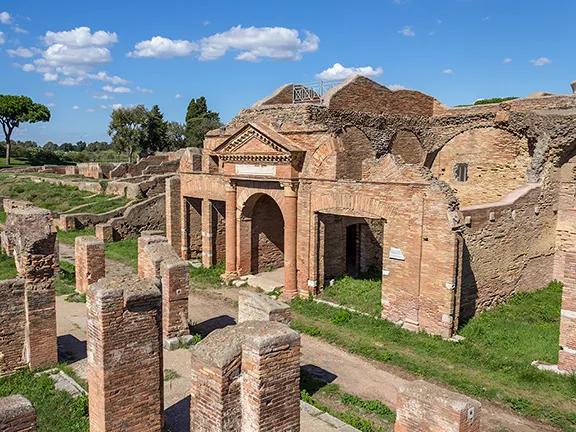 New light on Hadrian
New light on Hadrian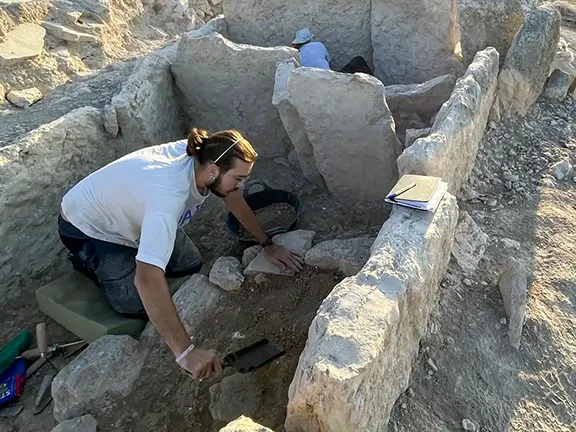 The Dolmens of La Lentejuela Teba
The Dolmens of La Lentejuela Teba New Cave Art Discovery in Valencia region
New Cave Art Discovery in Valencia region La Cabaneta Oldest Roman Forum in Iberian Peninsula
La Cabaneta Oldest Roman Forum in Iberian Peninsula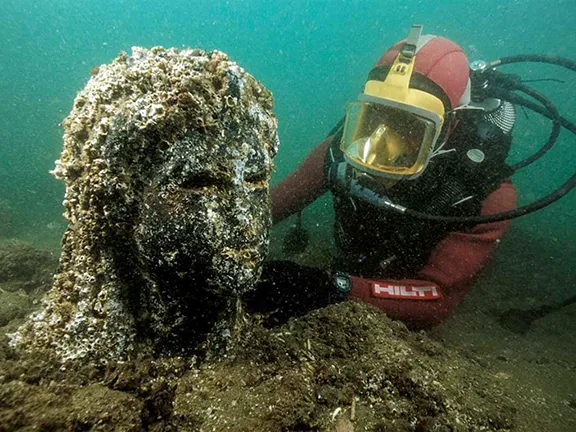 New Discoveries at Ancient Sunken City of Thonis-Heracleion
New Discoveries at Ancient Sunken City of Thonis-Heracleion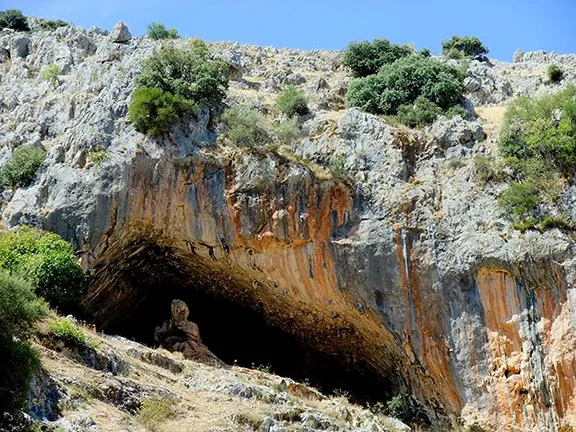 Europe's Oldest Shoes Found: 6,000-Year-Old Sandals Woven from Grass
Europe's Oldest Shoes Found: 6,000-Year-Old Sandals Woven from Grass Discoveries at Gobekli Tepe and Karahan
Discoveries at Gobekli Tepe and Karahan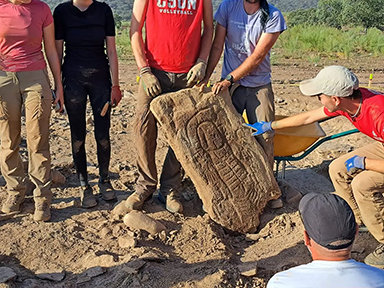 Decorated Stelae found in Canaveral de Leon, Spain
Decorated Stelae found in Canaveral de Leon, Spain New Exhibition at the Archaeological Museum in Alicante
New Exhibition at the Archaeological Museum in Alicante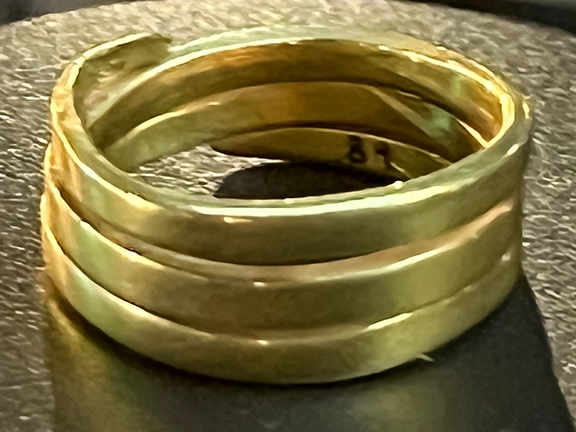 Bronze Age: A Golden Age for Jewellery
Bronze Age: A Golden Age for Jewellery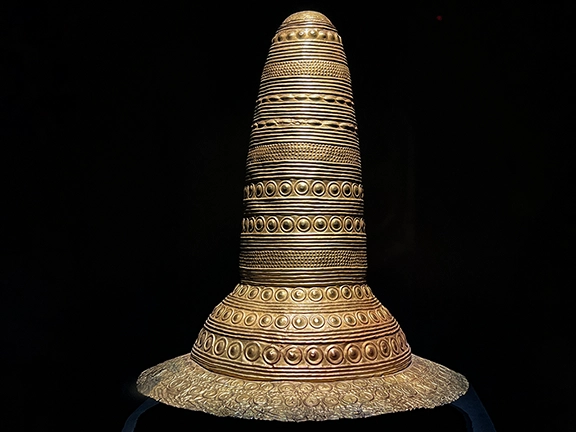 The Golden Hat of Schifferstadt
The Golden Hat of Schifferstadt